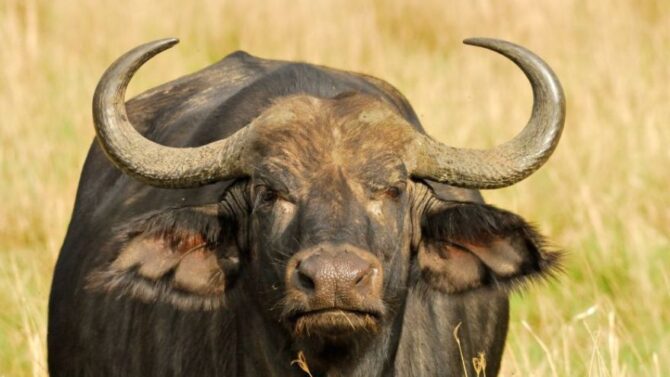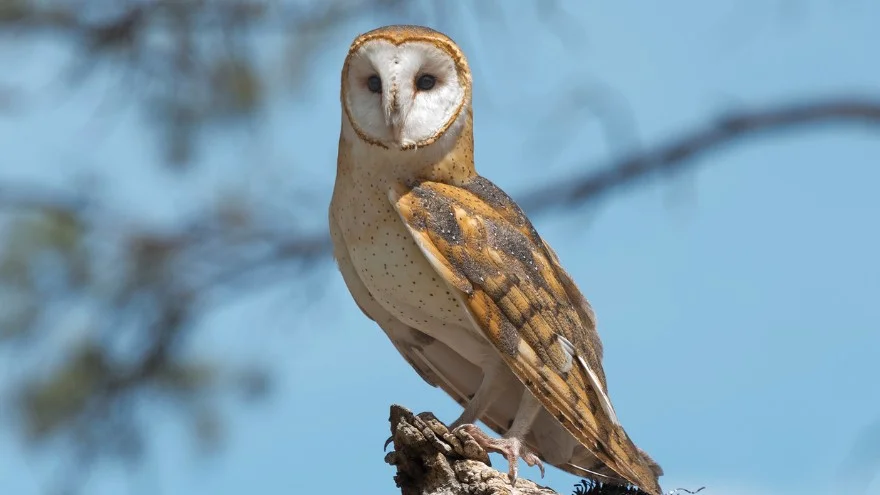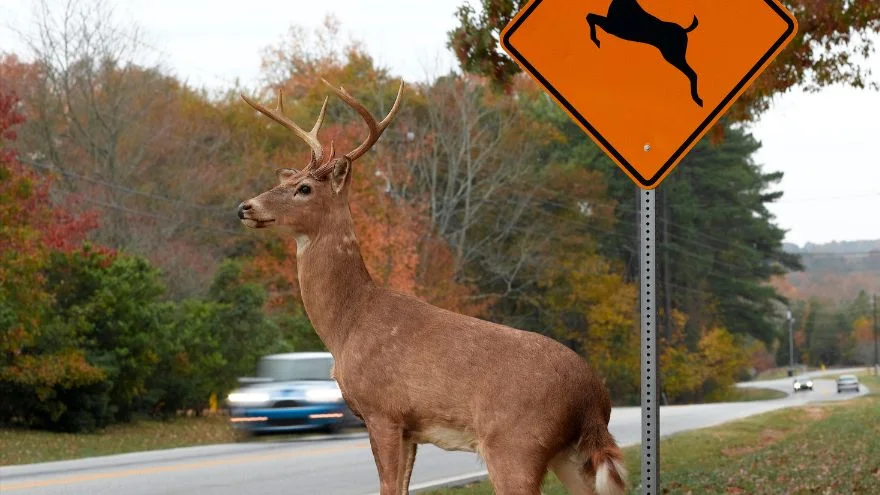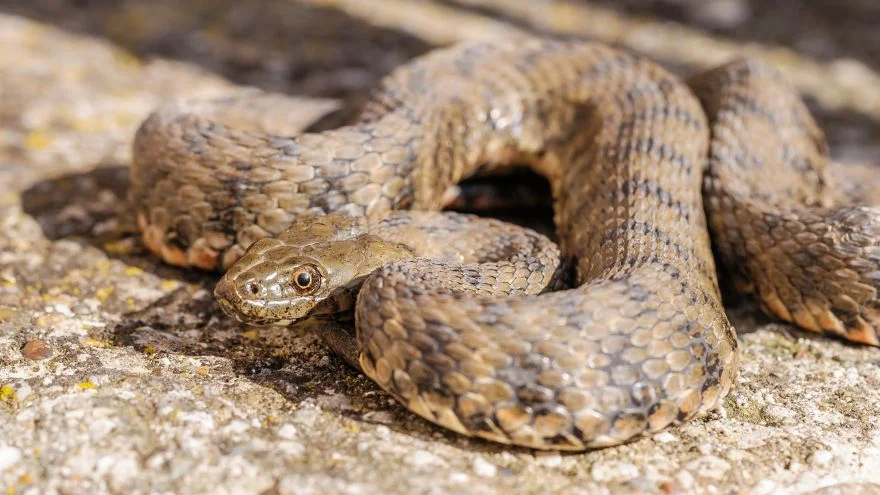Europe is one of many continents and a fascinating one at that. It exists in the northern hemisphere and is the second smallest continent in the world (the smallest being Oceania).
The northern parts are more mountainous and cold, while the southern part is hilly and less cold. Living in this continent is abundant wildlife.
There are over 500 animals in Europe, which is good news due to the past population decline. Many conservationists have been working hard to keep the number stable.
These animals include the lion, wolf, brown bear, and wolverine. There are terrestrial animals, fish, birds, and snakes.
Here’s a complete discovery of the animals you might meet in Europe.
Wildlife in Europe: Popular Animals in Europe
Some animals stand out in Europe as being very common. While there is no “Continental animal” that represents Europe, many countries have theirs.
This honor has made the animals in question increase in popularity. Here are the popular ones, known as the big 5:
European Bison
Scientific name: Bison bonasus
The European bison is a mammal of the Bovidae family. It goes by many other names including the European wood bison, the wisent, the zubr, or the European buffalo.
It is also one of the two extant species of bison, the other being the American bison. It is the heaviest wild land animal in Europe. 1
Lynx

Scientific name: Felis lynx
The lynx is a big cat, fitting right into the Felidae family. It can be found in different parts of the world, including Europe.
It often inhabits snowy areas, and it adapts to that environment with its large paws that it uses to clear snow.
Wolverine
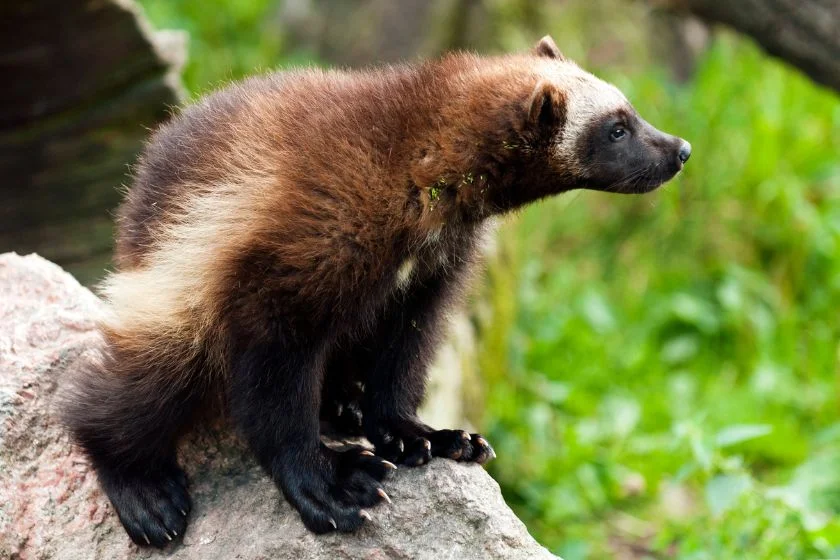
Scientific name: Gulo gulo
The Wolverine is small and looks like a bear, but its ferocious nature makes up for any lack of size.
It belongs to the Mustelidae family and is related to the weasel, badger, and otter. Other names it goes by include the skunk bear, the carcajou, and the Indian devil.
Brown Bear
Scientific name: Ursus arctos
The brown bear is a member of the Ursidae family. It is located across Europe, Asia, and America.
In many parts of the American continent, it is also called the grizzly bear. Countries like Finland have the brown bear as the national animal.
Wolf
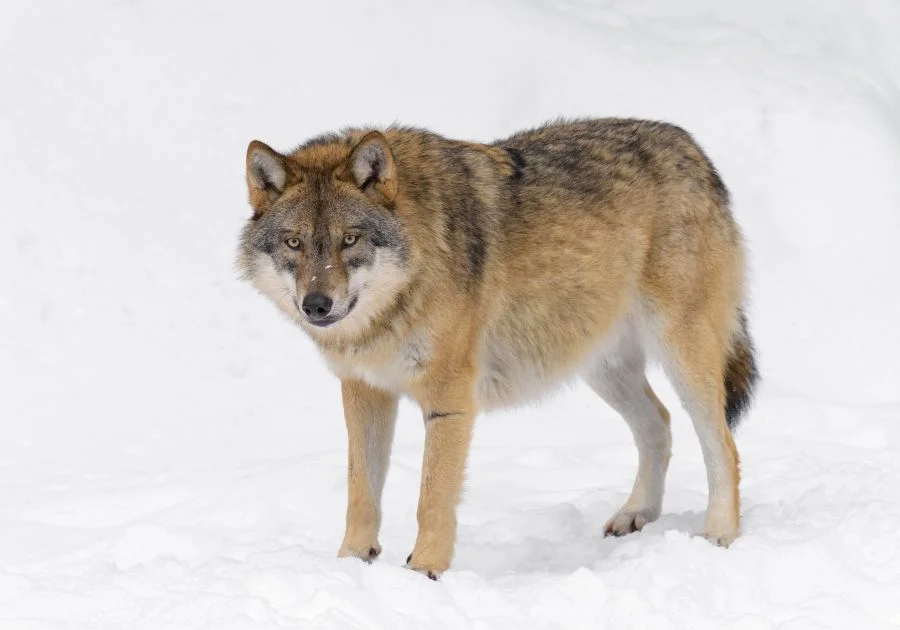
Scientific name: Canis lupus
The wolf is a part of the Canidae family and is the biggest of them all. It is a very popular wild dog species, though not as widespread as the red fox. It is a highly sociable animal living and hunting in a pack.
Animals Native to Europe
This category of animals was not introduced to Europe from another continent. Rather, they are European natives.
The European bison, lynx, and wolf mentioned above are part of native animals. Others include:
Moose
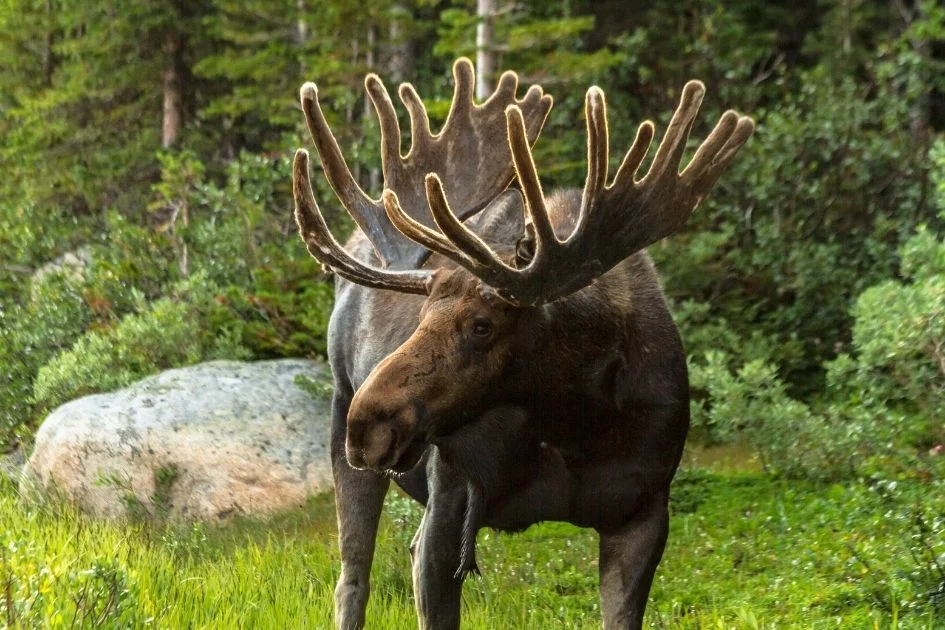
Scientific name: Alces Alces
The moose belongs to the Cervidae family, located in parts of Asia, and North America, and a native of Europe.
It is the biggest deer species in the world, and though it is a herbivore you shouldn’t mess with it.
Polar Bears

Scientific name: Ursus maritimus
The polar bear is in the Ursidae family and holds the title of the largest bear species.2
This animal is well suited for artic regions and would often be found close to the coast.
It is not surprising that the name means “sea bear”. Unfortunately, the polar bear is on the brink of extinction.
Native Birds in Europe
Birdwatching is a favorite hobby of many in Europe, and in different countries, it is a big event. One can visit some specific sites in places like Sweden, Spain, and Wales.
European Bee Eater
Scientific name: Merops aplaster
The European bee-eater is a little bird native to the continent on which it bears the name. It belongs to the Meropidae or Bee-eater family.
Besides Europe, you can also find these birds in some parts of Africa and Asia. It is very migratory, feeding mainly on bees, wasps, and hornets.
Capercaillie
Scientific name: Tetrao urogallus
This bird is fully called the western capercaillie. Alternative names include the Eurasian capercaillie, wood grouse, heather cock, or cock-of-the-woods.
It belongs to the grouse family. Though the population in Europe is declining, conservation status is “Least Concern”.
Golden Eagle

Scientific name: Aquila chrysaetos
The golden eagle is a formidable bird of prey and the most widely spread eagle in the world.
Besides Europe, it can be found in North America, North Africa, and some parts of Asia. It lives more in the Northern Hemisphere.
Herons
Scientific name: Ardeidae
The heron is recognized by its long legs and equally long neck. You’d often find them close to freshwater bodies.
It adapts well to climate changes, and so can stay in different environments except for deserts.
Flamingoes

Scientific name: Phoenicopteridae
The flamingo’s most common trait is its pink plumage which happens when the bird gets to 2 or 3 years old. Besides Europe, it also stays in Africa, Asia, and South America.
The pink color is largely a result of the bene carotene in what the flamingo eats. Like the heron, this bird has long legs.
Puffins
Scientific name: Fratercula arctica
The puffin has a unique habit of being able to remain underwater for close to 2 minutes. It is a small seabird species commonly recognized by its brightly colored beak, triangular.
Goldfinch
Scientific name: Carduelis carduelis
Also called the European goldfinch, this bird is from the finch family. It is a native of Europe, North Africa, and Western and Central Asia.
The goldfinch is distinguished by a red mask that’s right behind the eyes. The female’s mask is slightly less red, but that’s the only noticeable difference between both sexes.
Native Fish in Europe
Besides animals that fly and those moving on the ground, we also have those that live underwater.
The European continent is surrounded by the Atlantic Ocean, the Arctic Ocean, and the Mediterranean Sea. All these waterbodies are home to many fish, most of which are:
Carp
Scientific name: Cyprinidae
The carp is a term used to designate different species in the Cyprinidae family, native to both Europe and Asia.
In places like Africa, Australia, and the United States, they are considered invasive. Carps regroup many species—including the goldfish—as it is an informal term.
Salmon
Scientific name: Salmonidae
The salmon is used to designate fishes in the Salmonidae family known as the euryhaline ray-finned fish.
It is related to many other fish in the Salmonidae family like the taimen, lenok, grayling, char, trout, and whitefish.
Salmons are popular and healthy food fishes, known to be rich in protein, fatty acids, and Vitamin D.
Trout
Scientific name: Salmonidae
The trout belongs to the Salmonidae family, and as we mentioned above it is closely related to the salmon.
Both fishes are often compared in terms of size, taste, and appearance. Most species stay in freshwater, and they are a good source of food for humans, brown bears, and eagles.
Cod
Scientific name: Gadus
The name ‘Cod’ is a common term used for members of the Gadus genus, which is under the Gadidae family.
Cod can also be used for some other fishes that aren’t under the genus, but generally, the term applies only to the Gadus genus, (the Atlantic polluck is an exception).
Cods are carnivorous, feasting on other fish. They have no natural enemies except humans.
Halibut
Scientific name: Hippoglossus/Reinhardtius
The halibut is a term used to describe three flatfish that are found in two genera, the Hippoglossus and the Reinhardtius.
It is used for both sports and as food fish. The halibut is a popular meal for Catholic days, and this inspired the name.
The word comes from haly (holy) and butte (flat fish). The halibut is a big eater, feeding on any fish that has the ill fortune of passing close by.
Bluefin Tuna
Scientific name: Thunnus thynnus
Bluefin tuna is a species in the family Scombridae, also called the northern bluefin tuna and the giant bluefin tuna.
It was once known as the tunny, but this name isn’t used anymore. Globally, the bluefin is under no threats and is listed as least concern. In Europe, this fish is near threatened.
Native Snakes in Europe
Slithering reptiles exist in Europe and make up a good part of the wildlife. Some are non-venomous, and others should be avoided because of their potent venom.
If you or someone you know gets bit by a snake, contact the nearest medical expert for treatment. While some bites aren’t fatal, it is best to be careful.
European snakes include:
Vipers
Scientific name: Viperidae
The term ‘viper’ refers to the Viperidae family. You can find them in many parts of the world, including Europe.
The only places with no vipers are Australia, Antarctica, Hawaii, Madagascar, and some other islands.
All vipers are venomous, and their long fangs ensure that a bite gets into the skin deep. They should be avoided at all costs.
European Asp

Scientific name: Vipera aspis
The European asp is a viper species that goes by many other names like asp, asp viper, the aspic viper, etc.
It is commonly found in southwestern Europe with five subspecies being recognized. Untreated, the asp’s bite can be fatal.
European Adders
Scientific name: Vipera berus
The European adder is less dangerous than the asp, but it is still venomous and can still cause harm. It also goes by the name common European adder or common European viper.
This snake has a broad range, going from central and Eastern Europe to Asia. Fortunately, it isn’t aggressive and won’t attack unless provoked.
Long-nosed Vipers
Scientific name: Vipera ammodytes
The long-nosed viper is found in many parts of Europe (like Italy) and Asia minor. It is considered the most dangerous of all vipers in Europe as it is big with large fangs and toxic venom.
The long-nosed viper also goes by names like a horned viper and sand viper.
Sand Boa
Scientific name: Erycinae
This is a subfamily of snakes in the family Bovidae, fully called the Old World sand boas.
These snakes can be found in Europe, Africa, Asia Minor, Arabia, and North America. They are non-venomous and harmless.
Rat Snake
Scientific name: Zamenis longissimus
The rat snake is of the Colubrinae subfamily and the Colubridae family. They live around the Northern hemisphere where they inhabit Europe and some other continents.
The rat snake makes a good pet snake, and it is as popular as the corn snake in this area. Though it can be defensive, the rat snake is non-venomous and isn’t harmful.
Most Dangerous Animals in Europe
While you should steer clear of any animal you see, some needs even more caution as they are labeled.
Not all will attack preemptively, but when threatened they won’t hesitate to attack.
Some dangerous animals in Europe have been mentioned in prior categories. They include the brown bear, the wolf, the polar bear, all venomous snakes, and the wolverine.
Then some don’t seem dangerous but will transmit diseases. An example is the castor bean tick.
Others include:
Portuguese Man o’War
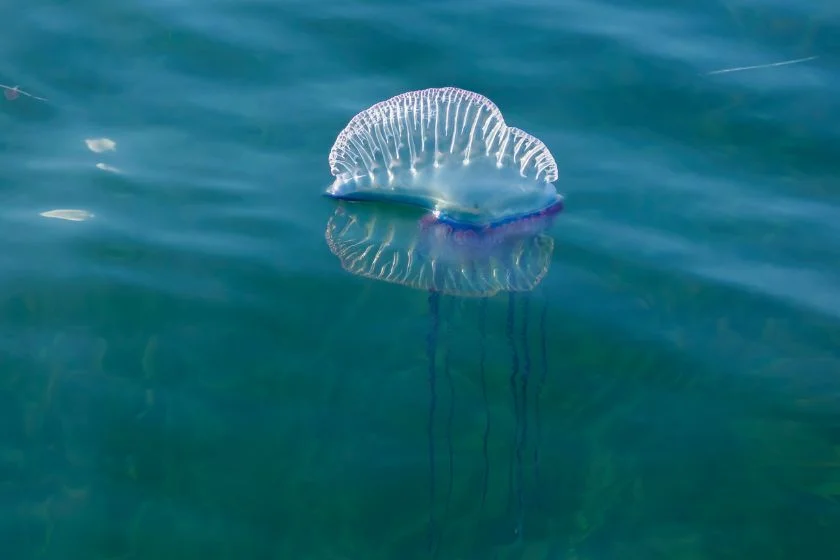
Scientific name: Physalia physalis
The Portuguese man o’war (or man-of-war) lives in the Atlantic Ocean and Indian ocean.
It lives close to the water’s surface and encounters with this animal never end well.
It will sting once it comes into contact with your skin, and the sting is potent enough to cause pain and kill. Symptoms include extreme pain, fever, shock, and breathing issues.
Black Widow Spider
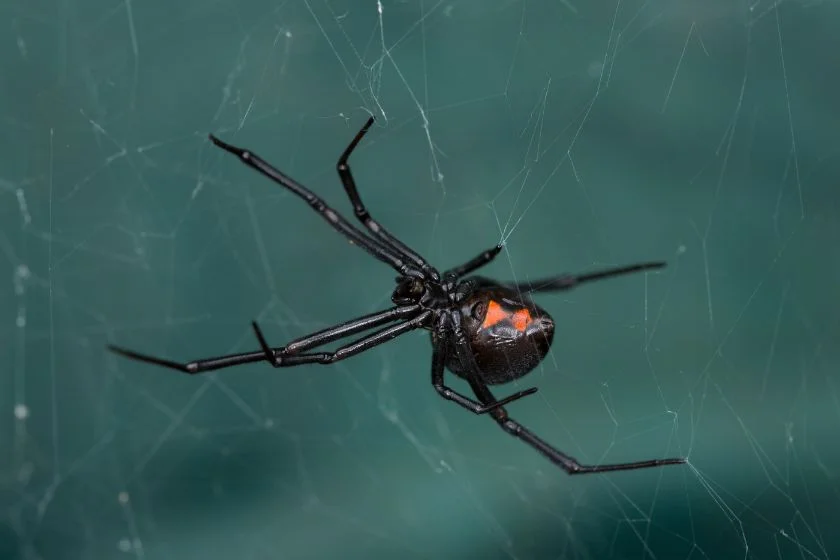
Scientific name: Latrodectus
The expression ‘black widow spider’ is a loose term to designate spiders found in the Latrodectus genus.
The females are venomous, and they are considered the most venomous spiders in the European continent.
While the bites rarely cause death, they are dangerous and require medical attention.
Great White Shark
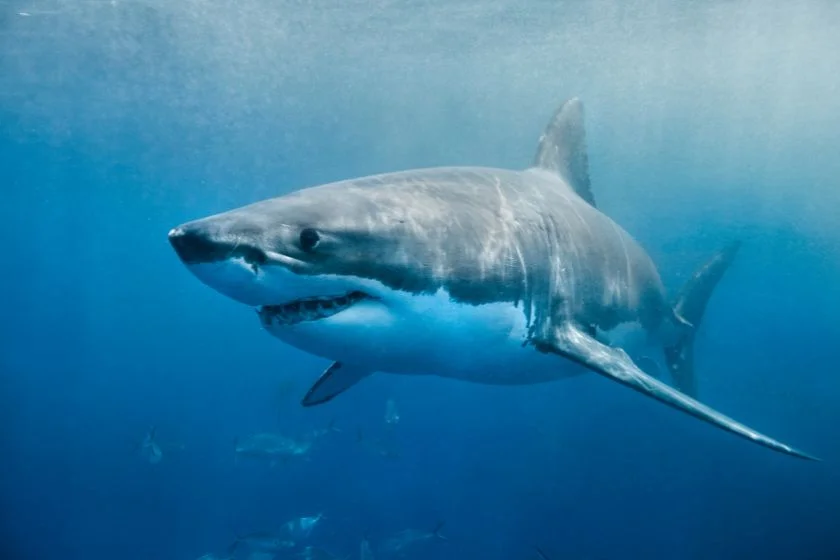
Scientific name: Carcharodon carcharis
The great white shark is an apex predator, and even humans don’t scare these big fish. It is known to attack marine mammals, even whales bigger than it.
The great white shark is one of the most dangerous shark species in the world, responsible for the highest number of human bites.
Endangered European Animals
Sadly, some animals in Europe face the risk of extinction. This is caused by overhunting, habitat loss, or some other factors caused by uncontrolled human activities.
The brown bear, wolves, wolverine, and European lynx are all considered endangered.
One other animal that’s at risk of extinction in Europe is the Saiga. This antelope is regarded as Critically Endangered according to the IUCN.
Its population has faced a rapid decline for so long due to poaching and disease.
Extinct European Animals
There are animals you will never see in Europe, except in pictures. They went extinct years ago, and all we have of them are relics of the past.
Some of them are the dwarf hippo, the dwarf elephant, the great auk, and the wooly mammoth.
Unique European Animals
Some animals are considered unique because of their special looks. While there aren’t uncommon, you’re more likely to stop and stare at them.
They include the European bison, the Polecat, the European mink, and the European pine.
Then there’s the raccoon dog that looks like a raccoon but is related to the fox. Additional unique animals are the Alpine long-eared bat and the Puffin.
Places to See Wild Animals in Europe
- The Bialowieza forest in Poland.
- The Kainuu forest in Finland.
- The Pindus mountains in Greece.
- The Southern Carpathian mountains in Romania.
- The Côa Valley, Portugal.
- Svalbard, Norway
- Norfolk, England
- The National Park of Sierra de Andujar, Spain
- The Camargue, France
Zoos in Europe
- The Basel Zoo in Switzerland
- The Edinburgh Zoo in Scotland
- The Tiergarten Schönbrunn in Austria
Conclusion
The wildlife in Europe is worth exploring. With an assortment of land creatures, birds, fish, and even snakes, the continent isn’t lacking in fauna.
You should be careful of some dangerous animals, but with proper precautions that shouldn’t be a problem. Follow all guidelines given to you, and give the animals their privacy.
Latest European Wildlife Articles
References & Notes
- Frost R. (2020). Europe’s largest land mammal brought back from the brink of extinction. Euronews.
- Which is the largest bear species on earth? Library of Congress.

